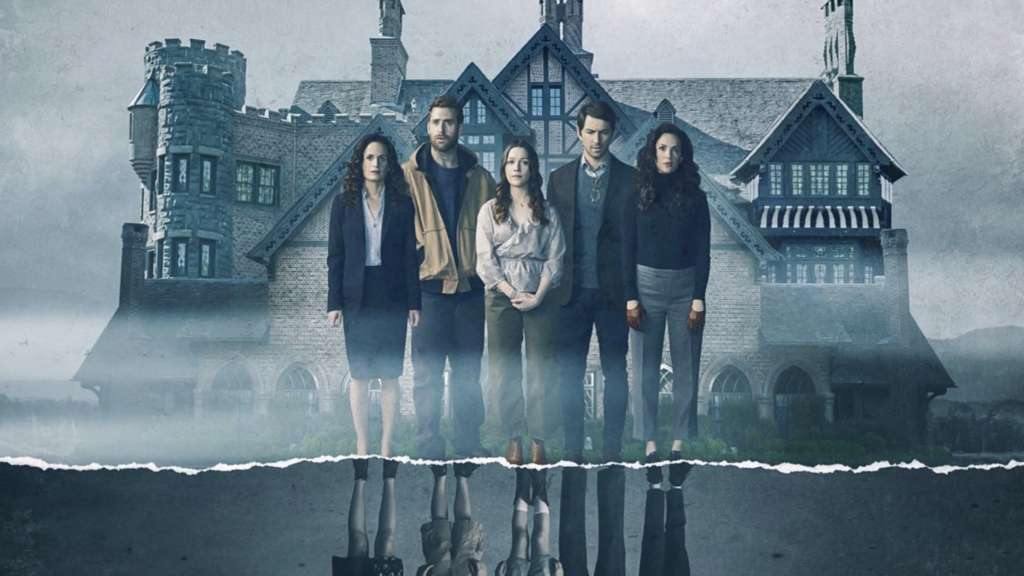Is the ending to The Haunting of Hill House interesting? Explaining the ending of The Haunting of Hill House isn't easy, mainly because the hauntings that take place in the titular mansion—the spooky, haunted center of Mike Flanagan's Netflix series—don't end there. This is one of the peculiarities of the series - the eternal nature of this multi-room monster, sitting alone in remote Massachusetts. As Shirley Jackson wrote in the chilling introduction to the original novel, “It has stood for 80 years and may stand for another 80.” But let's not get ahead of ourselves. Are you confused by the ending of The Haunting of Hill House? Then look no further, because here you will find the answers to your questions... If, of course, you decide to enter.
The Haunting of Hill House centers on the Crane brothers.
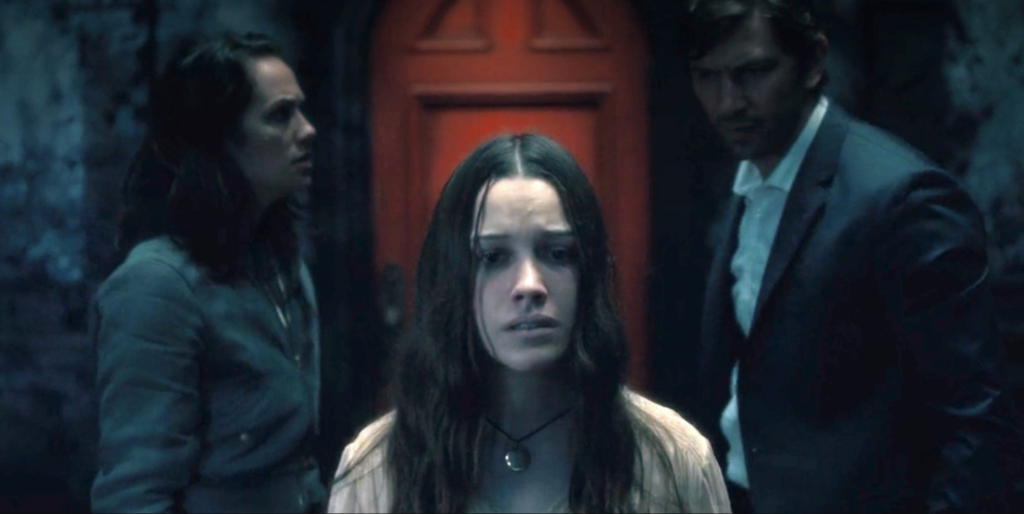
For the most part, Flanagan's dark, sprawling story is less concerned with the ghosts in the house and more with the people who made it out (mostly) alive. Namely, the Crane Brothers, a much crappier version of the Blueths from Arrested Development, where gruesome injuries replace witty banter. Among them are horror author Stephen (Michel Huisman), undertaker Shirley (Elizabeth Reaser), semi-psychic psychologist Theodora (Kate Siegel), drug addict Luke (Oliver Jackson-Cohen) and his twin sister Nell (Victoria Pedretti), who committed suicide at the beginning of the series with you within the walls of Hill House. The brother-sister dynamic in this series is very strong, and the transitions between past and present only further highlight how tense the Crain family really is.
The Haunting of Hill House asks a lot of important questions, and we try to get to the bottom of all the horrors, deaths and mysteries that befall the Crane family, including what the hell is happening to Hill House itself. In addition, the fate of matriarch Olivia Crane (Carla Gugino) and why exactly Hugh Crane (Henry Thomas and Timothy Hutton) hid it all will become clear. Don't forget about the creepy ghosts that live in the corridors of the house on the hill and beyond. In many ways, the series itself is about grief, and it's a concept we'll return to again and again until the very end.
What's going on at House on the Hill?
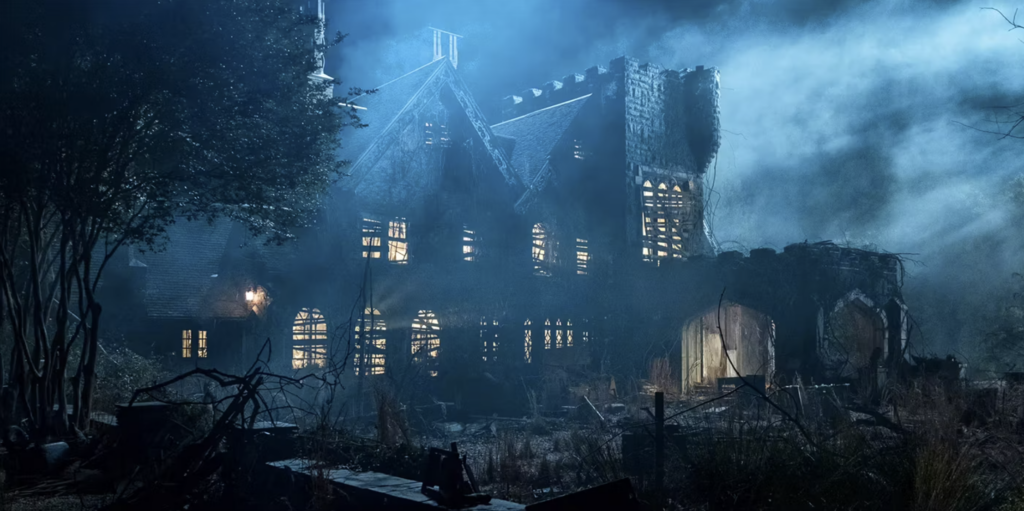
One of the best and most terrifying aspects of The Haunting of Hill House is the lack of concrete explanation for how evil came to be in this place. It's the archetypal haunted house, because that's just what it is. Anyone who enters it will be subjected to a hellish paranormal journey, including hallucinations, delusions, lost hours, and instantaneous jumps in space and time. If you die in this house, you belong to it forever, as evidenced by the many terrifying souls that appear, often literally, throughout the series. Long before the events of the series, it consumed most of the Hill family, and the most grotesque of them all was William Hill, who walled himself behind a wall in the basement in 1948.
Ultimately, this is the purpose of the house - to trap as many lost souls as possible, feeding on the suffering that they had in their last moments of life. Their spirits serve as fuel for this perverted machine. To make matters worse, the house convinces you to voluntarily take part in it, telling the living that reality is a dream and the only way to return to waking life is through death. In fact, the house isn't all that different from other iconic horror monsters: it's a brain-eating zombie, a blood-sucking vampire, and a gut-chewing shark. Like the most terrible creatures, the house is simply hungry. Nell Crane best describes her permanent residence in the final episode, "Silence Falls Gradually." “I’m like a little creature swallowed by a monster,” she explains. “And the monster feels my tiny movements inside.”
Olivia Crain at the center of the tragedy of The Haunting of Hill House
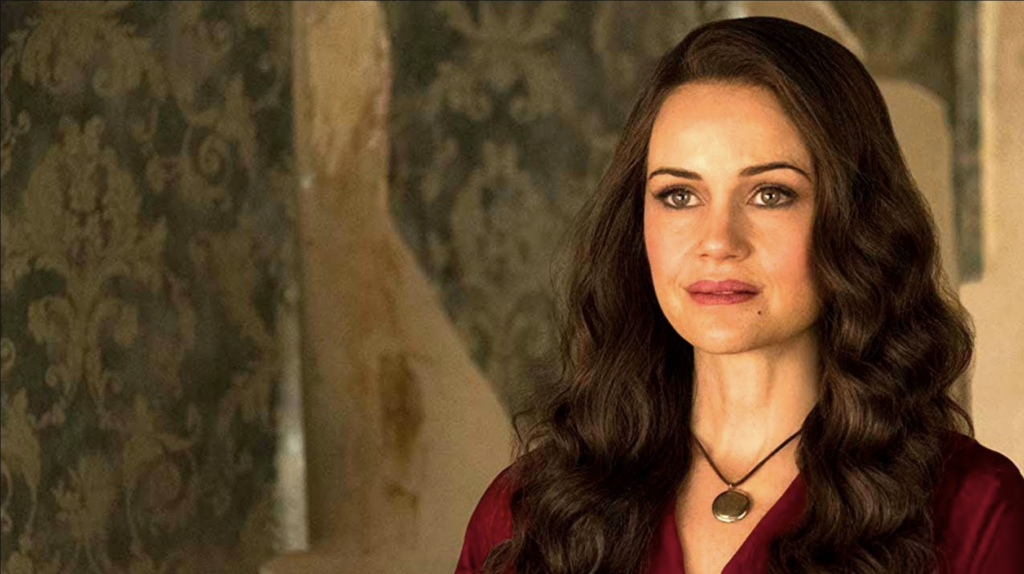
The entire Crane family felt the effects of Hill House, but most of all matriarch Olivia Crane, who was especially susceptible due to her suppressed psychic abilities (which she attributes to migraines). Basically, the house convinced Olivia that her family had to die. But in the series, this is seen as an extension of Olivia's sincere motherly love, wanting only the best for her family. By the time Olivia is literally going off the rails, the house has convinced her that killing her entire family is a good thing, the only way to wake them up from this terrible, twisted dream they're all having at the same time.
The show's theme of the Crains' pursuit of their dream home, a "forever home," is subverted with the revelation that to die at Hill House is to literally make it their forever home. The night that The Haunting of Hill House keeps returning to in flashbacks, hints, and red threads is the night that Olivia poured rat poison into teacups, hoping to take her children with her to the otherworld in which she already existed. At the last moment, Hugh stops her and takes his children to safety, beginning the modern-day Hill House storyline. After this, Olivia kills herself in the house, hoping to finally wake up.
Olivia tries to kill her own children, but ends up killing only Abigail.
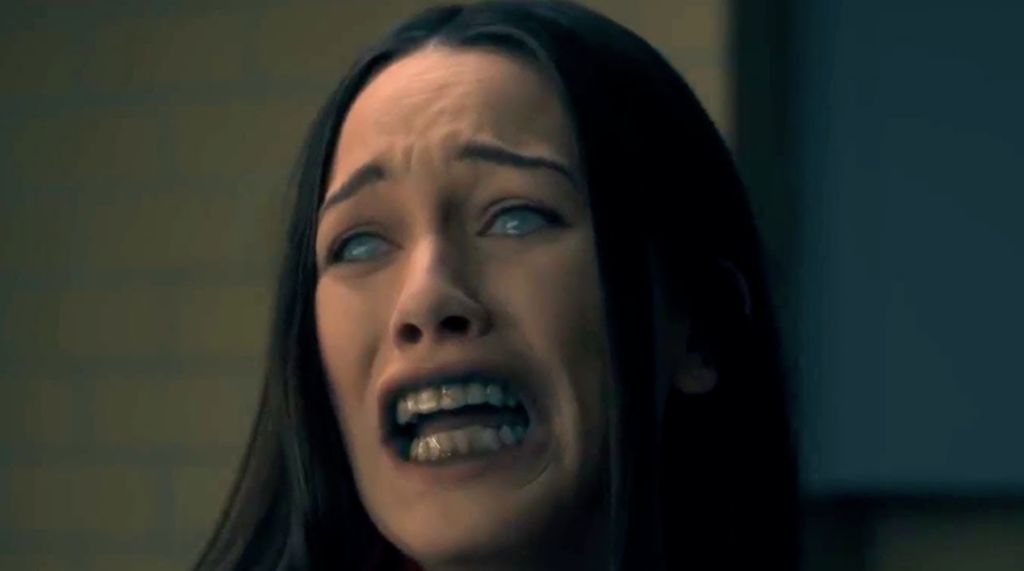
Although Hugh Crane managed to save his own children, he was too late to save young Abigail Dudley (Olivia Elise Abercrombie). Before leaving the red door, Olivia poisons Abigail, who, as it turns out by the end of the season, is very real and not a figment of the Crains' collective imagination. The series portrays the mysterious Abigail as Luke's imaginary friend (or ghost), another hallucination created at Hill House. But in fact, everything is much more tragic: Abigail is the daughter of Dudley, the maintenance staff of the house on the hill. “Dad said that you and Mr. Dudley came with the house,” young Stephen, who lives in the forest on outskirts of the city.
The Dudleys are no strangers to the chaotic events at Hill House. Mr. Dudley's mother (Robert Longstreet) began to act "absent-minded" while working around the house, going into the woods at night and giggling like a schoolgirl. And then Dudley's first child died in childbirth (which explains why they kept Abigail under strict lock and key), after which a very familiar scream echoed throughout the Hill House. “We stopped coming here after dark,” says Hugh Mr. Dudley. “As soon as dinner is served, we leave and come back in the morning for the dishes.” After Olivia and Abigail's death, the Dudleys demand that Hugh Crane leave the Hill House where it is—Hugh wanted (understandably) to burn it to the ground—because as long as the house stands, the Dudleys may be communicating with the ghost of their dead daughter. It's very depressing and wonderful at the same time.
What is the Red Room?
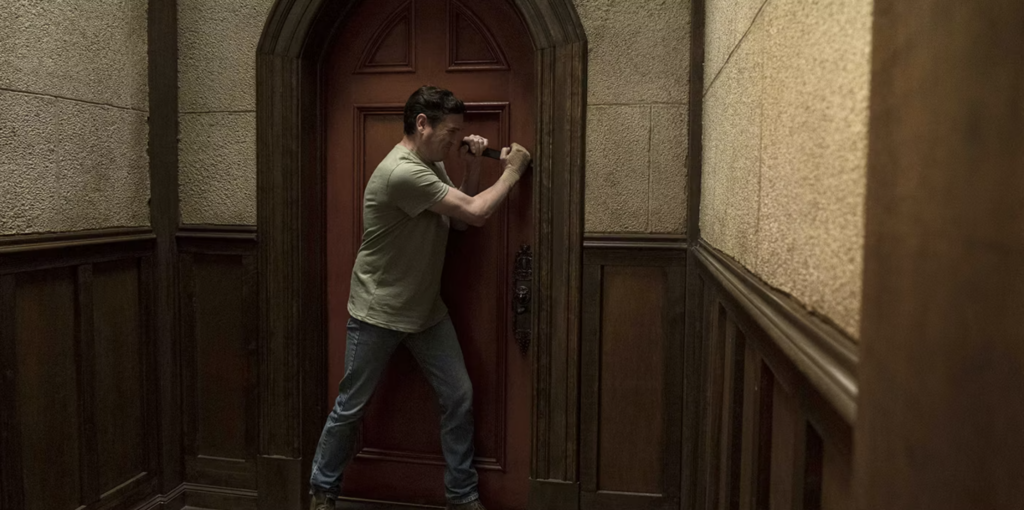
The room behind the always-locked Red Door of the Hill House is something like the Room on Demand from the Harry Potter books, only it takes over your mind and drives you crazy. This is how the house forces its inhabitants to calm down in the face of constant horror. That's all the residents need to stay sane while they slowly go mad without realizing it. It was a toy room for young and restless Nell. Family room for single Shirley. Treehouse when Luke needed privacy. It can change depending on the person, and at the same time makes you believe that it has always been there.
The Red Room actually serves as a transit point between the living and the dead; this is where the house turns people into fuel. “Mom says that a house is like a body. Every house has eyes and bones and skin and a face,” Nell says in the final episode. “This room is like the heart of the house. No, not the heart. It's the stomach." While the Hill House itself is a magnet to give you a "forever home", it is the Red Room that is the epicenter of the haunting darkness within. While it's unclear how sentient the house is compared to the ghosts that roam its hallways, there is a supernatural element to the manor that allows it to feed well on those who will never escape. If you thought Monster House was bad, Hill House is much worse.
Why is Nell in The Haunting of Hill House a lady with a long neck?
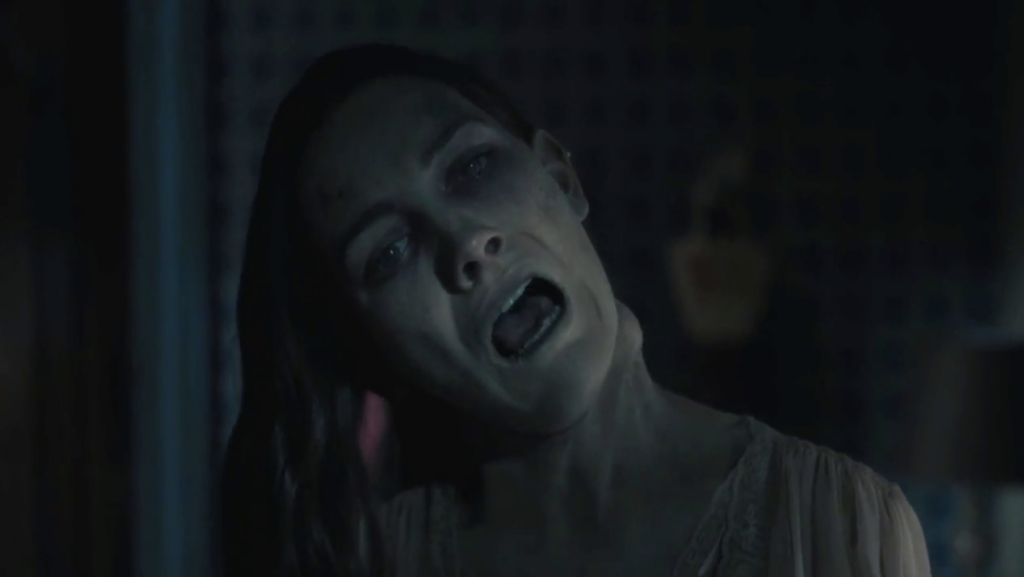
Time doesn't seem to matter much at House on the Hill. Olivia Crane watches her children grow into adults and end up lying dead on a morgue table. Stephen sees the events of his mother's death play out before him over and over again. But the most tragic case is that of poor Nell Crane, who as a child was haunted by a ghost she called the Bent-Neck Lady - a terrifying shadow ghoul with her head turned alarmingly to the side. The Bent Neck Lady terrorizes Nell from childhood into adulthood. She finds happiness with her husband Arthur (Jordan Christie), but his untimely death becomes the catalyst for the ghost's return.
At Hill House, it is revealed that the Bent-Neck Lady is Nell herself, decades later, hanging from a rope that the house convinced her to tie, with her neck broken. When Nell jumped—or should I say, was pushed—from the top of the spiral staircase, she fell through time and memory in a last-ditch attempt to warn herself of the inevitable suffering to come. Unfortunately, the warning did not help Nell stay away forever, and, having experienced the grief of losing her husband (and therefore happiness), she again found herself in the house on the hill, where she was driven to suicide. They say we are our own worst enemy, and in Nell's case, the face of her childhood trauma was actually her own.
How does The Haunting of Hill House end?
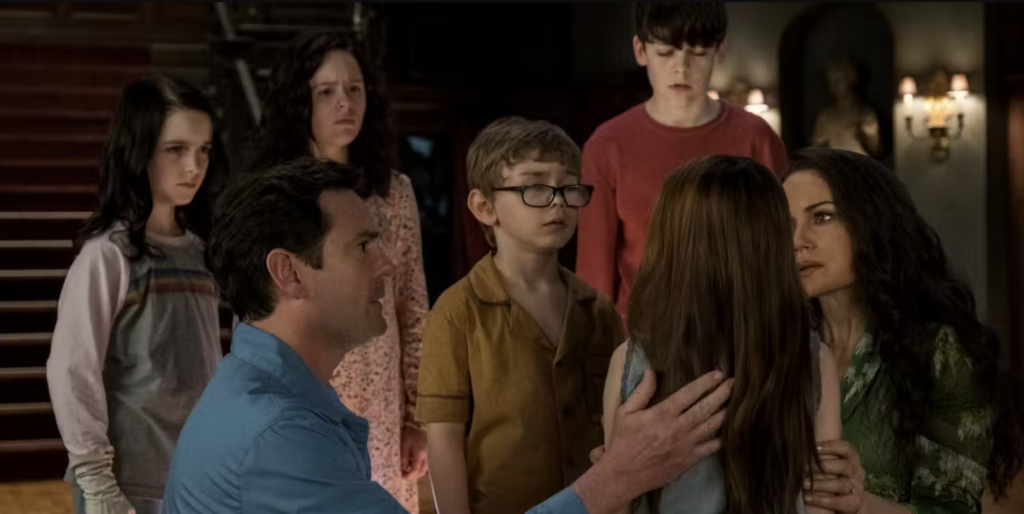
The series finale of The Haunting of Hill House marks a new beginning for the Crane family—both those who made it out alive and those who became a permanent part of the house's black parade. The series culminates with a terrible tragedy inside Hill House, which shows the Crane brothers the worst nights of their lives or the worst parts of themselves: the business trip during which Shirley cheated on her husband, Luke's addiction, Steven's inability to see and appreciate the people he cares about, etc. etc. In the series, this theme even sounds too clearly when Steven voices the metaphor at the end: “Ghosts are a feeling of guilt. Ghosts are secrets. Ghosts are regrets and failures.”
But one way or another, facing their own failures binds the Crane family together, who once again run away from the house on the hill and decide once and for all to stop being angry with each other. Except for Hugh Crane: the father of the family, who didn't have much of a life after Hill House anyway, makes a pact with Olivia's ghost, who is trying to trap the siblings in the Red Room, kill them, and leave them in the house with her forever. Hugh takes the remaining pills and dies quietly on the spiral staircase, and in the afterlife wanders the Massachusetts mansion with his wife and youngest daughter. After Hugh's death, responsibility for the house passes to Stephen, who simply makes sure that no one ever touches it. Hill House may be filled to the brim with ghouls, but many of them love each other. And as long as the house on the hill stands still, these ghosts can always be together.
We see proof of this in the last touching phrase. Old Mr. Dudley carries his wife through the woods at Hill House so she can see her two daughters again: the one who died too soon, and the one she never got to love. The Netflix series The Haunting of Hill House ends with a much more cheerful update of Shirley Jackson's cringe-inducing opening paragraph. “Inside, the walls are upright, the bricks fit neatly together, the floors are solid, and the doors are judiciously closed. Silence stands firm on the wood and stone of the house on the hill,” Stephen says in the final voiceover. “And those who walk there walk together.”
We recommend: TV series Bunker third fourth season

